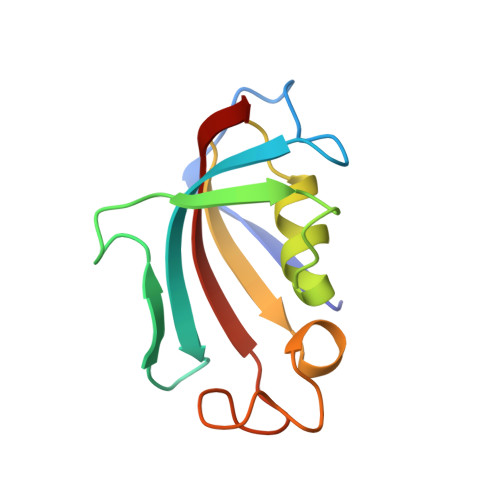Tissue-restricted inhibition of mTOR using chemical genetics.
Wassarman, D.R., Bankapalli, K., Pallanck, L.J., Shokat, K.M.(2022) Proc Natl Acad Sci U S A 119: e2204083119-e2204083119
- PubMed: 36095197
- DOI: https://doi.org/10.1073/pnas.2204083119
- Primary Citation of Related Structures:
7U8D - PubMed Abstract:
Mammalian target of rapamycin (mTOR) is a highly conserved eukaryotic protein kinase that coordinates cell growth and metabolism, and plays a critical role in cancer, immunity, and aging. It remains unclear how mTOR signaling in individual tissues contributes to whole-organism processes because mTOR inhibitors, like the natural product rapamycin, are administered systemically and target multiple tissues simultaneously. We developed a chemical-genetic system, termed selecTOR, that restricts the activity of a rapamycin analog to specific cell populations through targeted expression of a mutant FKBP12 protein. This analog has reduced affinity for its obligate binding partner FKBP12, which reduces its ability to inhibit mTOR in wild-type cells and tissues. Expression of the mutant FKBP12, which contains an expanded binding pocket, rescues the activity of this rapamycin analog. Using this system, we show that selective mTOR inhibition can be achieved in Saccharomyces cerevisiae and human cells, and we validate the utility of our system in an intact metazoan model organism by identifying the tissues responsible for a rapamycin-induced developmental delay in Drosophila .
- Department of Cellular and Molecular Pharmacology, University of California, San Francisco, CA 94158.
Organizational Affiliation:


















